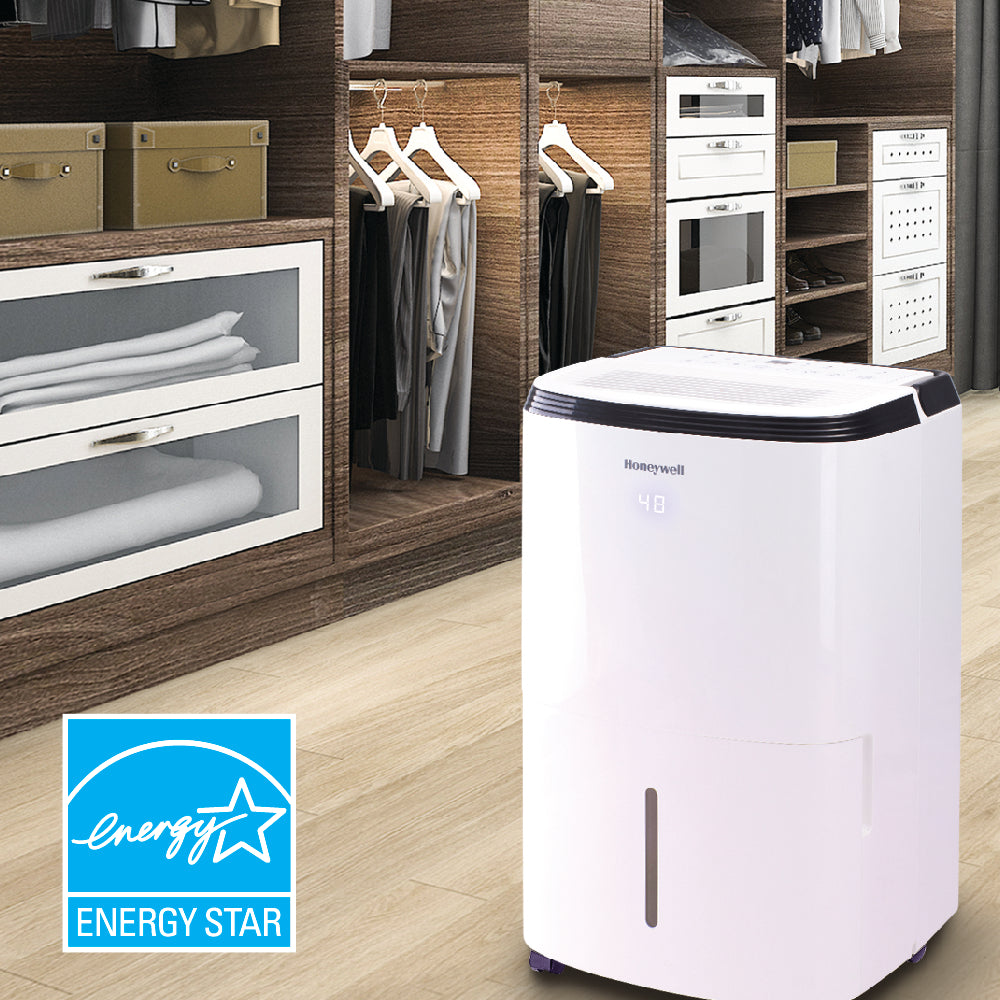
How to Use Hoses to Drain Dehumidifiers
Dehumidifiers are great household appliances for reducing the moisture and humidity in your home. They extract water from the air and deposit it in a water tank or reservoir, which must be emptied by removing it and dumping it out or drained with a hose.

If you don’t want to remove the tank to empty it every time it’s full, you’ll need a drain hose (included) and a suitable water drain, like a sink or floor-level drain hole, near the dehumidifier. To set up your dehumidifier for continuous water drainage:
- Locate the drain outlet at the back of the unit.
- Unscrew and remove the drain cap.
- Screw the continuous water drain tube onto the direct drain outlet.

Once you’ve attached the drain hose to your dehumidifier, position the other end of the tube over a sink or drain, making sure the tube is securely over the drain and won’t fall out of place, as this could cause spillage. The tube should be directed downward as gravity is required to pull the water through the tube into the drain. Ensure the tube isn’t bent or kinked as this could stop the flow of water.

- If your dehumidifier experiences any leaks, the continuous water drain tube and cap might have become loose or possibly weren’t connected properly. Try disconnecting the tube, replacing it, and tightening it again.
- If your dehumidifier is placed on uneven ground or the drain tube is incorrectly installed, the water could fill up the water tank and run over. To avoid this, make sure the ground is even and reinstall the drain tube.
- In this case, the drain pump tube can be attached to the direct drain outlet located on the back of the dehumidifier.
- Once the water level in the water tank reaches a certain level, the water will automatically be pumped out of the tank to drain. This means condensate can drain vertically or horizontally, even when the drain is located above the dehumidifier.


